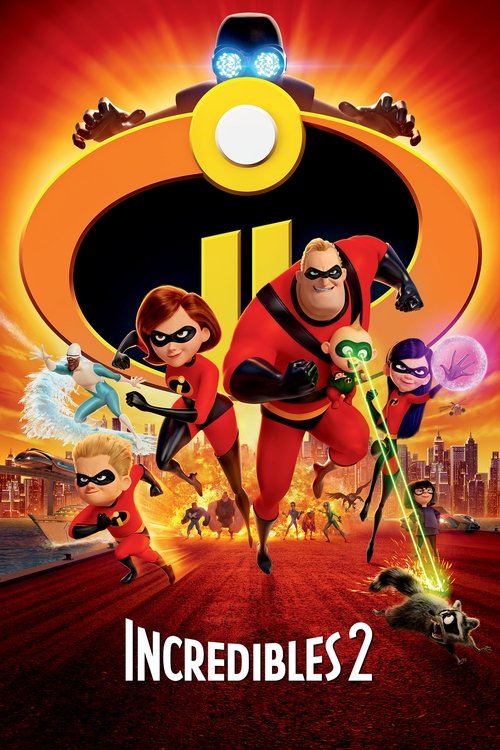
Ask Your Own Question
What is the plot?
More Movies Like This
Browse All Movies →What is the ending?
In the ending of "Turbulence," the main character, a woman named Claire, confronts her fears and ultimately finds a way to survive a harrowing situation aboard a plane. The film concludes with her emerging from the chaos, having faced both external threats and her internal struggles.
As the climax of "Turbulence" unfolds, the scene is set aboard a commercial flight that has been hijacked. The atmosphere is thick with tension as passengers are gripped by fear. Claire, who has been battling her own demons throughout the film, is initially paralyzed by the chaos around her. The hijackers, ruthless and determined, create an environment of panic, and the stakes are raised as they threaten the lives of everyone on board.
In a pivotal moment, Claire's internal struggle becomes external as she recalls her past experiences and the trauma that has shaped her. This reflection fuels her determination to take action. She observes the hijackers closely, noting their weaknesses and the dynamics between them. As the plane begins to experience turbulence, both literally and metaphorically, Claire's resolve strengthens.
In a tense confrontation, Claire manages to rally a few other passengers, igniting a spark of hope among them. They devise a plan to overpower the hijackers. The scene is fraught with suspense as they execute their strategy, moving stealthily through the cabin while trying to remain undetected. Claire's leadership emerges as she guides her fellow passengers, her fear transforming into courage.
As the confrontation escalates, the hijackers become increasingly aggressive. Claire faces one of them directly, and in a moment of sheer will, she fights back. The struggle is intense, filled with physicality and raw emotion, as Claire channels her fear into strength. The other passengers join in, and together they manage to subdue the hijackers, reclaiming control of the plane.
In the aftermath, the plane is stabilized, and the passengers breathe a collective sigh of relief. Claire, though shaken, stands tall among her fellow survivors. The camera captures her expression--a mix of exhaustion and triumph--as she realizes that she has not only survived the ordeal but has also confronted her own fears.
As the plane lands safely, emergency responders are waiting on the tarmac. The passengers disembark, and Claire is met with a mixture of gratitude and disbelief from those she helped. The film closes with Claire looking back at the plane, a symbol of her journey from fear to empowerment. She has transformed through the experience, emerging as a survivor who has faced both external threats and her internal battles.
In the final moments, the audience sees Claire walking away from the chaos, a sense of peace settling over her as she steps into a new chapter of her life, forever changed by the turbulence she faced.
Is there a post-credit scene?
In the movie "Turbulence" (2016), there is no post-credit scene. The film concludes its narrative without any additional scenes or content after the credits roll. The story wraps up with the resolution of the main plot, focusing on the characters' fates and the aftermath of the intense events that transpired during the flight. The absence of a post-credit scene allows the audience to reflect on the film's themes and character arcs without any further distractions.
What motivates the main character, a flight attendant, to confront the hijackers on the plane?
The main character, a flight attendant named 'Tina', is driven by a deep sense of responsibility for the safety of her passengers. As the hijacking unfolds, her internal conflict intensifies; she grapples with fear for her own life but is ultimately propelled by her commitment to protect those on board. Her emotional state shifts from panic to determination as she recalls her training and the lives at stake.
How does the relationship between Tina and the co-pilot develop throughout the film?
Initially, Tina and the co-pilot, 'Mark', share a professional rapport, but as the hijacking escalates, their relationship deepens. Mark's calm demeanor provides a counterbalance to Tina's rising anxiety. As they work together to devise a plan to regain control of the situation, their mutual respect grows into a bond of trust and reliance, highlighting their shared vulnerability and courage.
What specific tactics do the hijackers use to instill fear in the passengers?
The hijackers employ a range of psychological tactics to instill fear, including threatening violence and using weapons to intimidate both the crew and passengers. They make loud, aggressive demands, creating an atmosphere of chaos and panic. The visual contrast of their menacing presence against the terrified faces of the passengers amplifies the tension, showcasing the emotional turmoil experienced by everyone on board.
What pivotal moment leads to Tina's decision to take action against the hijackers?
The pivotal moment occurs when one of the hijackers threatens a young passenger, which triggers Tina's protective instincts. The sight of the innocent child in danger ignites a fierce determination within her. This moment crystallizes her resolve to act, transforming her fear into a courageous drive to confront the hijackers, showcasing her growth from a passive participant to an active defender.
How does the film depict the emotional impact of the hijacking on the passengers?
The film vividly portrays the emotional impact of the hijacking through close-up shots of passengers' faces, capturing their fear, confusion, and desperation. The sound design amplifies the tension, with the muffled cries and whispers of panic echoing throughout the cabin. As the situation escalates, the passengers' emotional states fluctuate from shock to despair, illustrating the psychological toll of the crisis and their longing for safety.
Is this family friendly?
The movie "Turbulence" (2016) is not considered family-friendly and contains several elements that may be objectionable or upsetting for children or sensitive viewers. Here are some aspects to be aware of:
-
Intense Emotional Scenes: The film features moments of high tension and emotional distress, which may be overwhelming for younger audiences.
-
Violence: There are scenes that depict violence, including physical confrontations that could be disturbing.
-
Themes of Fear and Anxiety: The narrative explores themes of fear, panic, and survival, which may evoke anxiety in sensitive viewers.
-
Mature Language: The dialogue includes strong language that may not be suitable for children.
-
Character Struggles: Characters face significant personal challenges and moral dilemmas, which may be difficult for younger viewers to understand or process.
These elements contribute to a tone that is more appropriate for mature audiences.

































